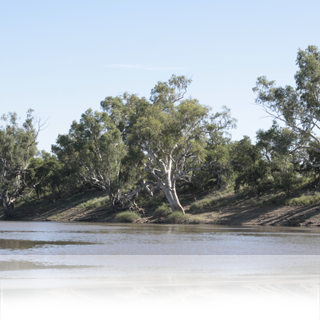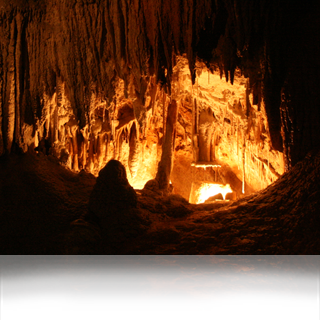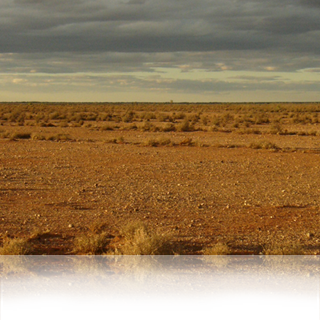
- Home
- Geomorphology
- Geomorphology Projects
Geomorphology Projects

Fluvial Processes of Cooper Creek in South Australia
The fluvial geomorphology of Cooper Creek in South Australia is diverse. Near Innamincka, the valley is confined and the river hosts long deep waterholes which are ecological refugia. In the north eastern Strzelecki Plain, the river becomes distributary, one branch delivering water to the Coongie Lakes wetlands, another moving water towards Kati Thanda - Lake Eyre. Landform suites of closely-linked dunes, swamps, channels, and lakes offer a range of habitat and exist under complex fluvial processes. The study identified improvements to infrastructure design that could lead to better river health outcomes, and demonstrated the area's vulnerability to cane toad invasion.
Visit link

Mole Creek, Tasmania: Karst Susceptibility and Planning Matrix
The Mole Creek (Tasmania) caves and wetlands have values in geoheritage and ecological diversity, while their beauty makes them a tourist drawcard and contributor to local economy. Diverse land use in the hinterland and above the caves has the potential to impact the karst hydrology that maintains the caves and their habitats. The local municipality recognised a need for karst-specific information to assist with and simplify the planning process. This spatial study delineated zones of differing levels of sensitivity, and identified management activities to address issues and improve outcomes.
Visit link

Rangeland rehabilitation: contour furrowing in western New South Wales
The Western Catchment Management Authority commissioned an examination of the long-term outcomes of contour furrowing works undertaken in the 1960s and 1980s. This popular range rehabilitation technique is used to promote vegetation on barren low-gradient slopes. The results demonstrated that rehabilitation works could be successful where they worked with the hillslope's natural processes, but unsuccessful otherwise. Furrow installation should be strictly along contour, and furrow spacing should mimic local natural conditions of spacing between vegetated bands, in order to preserve the most appropriate local runoff/run-on ratios.
Visit link